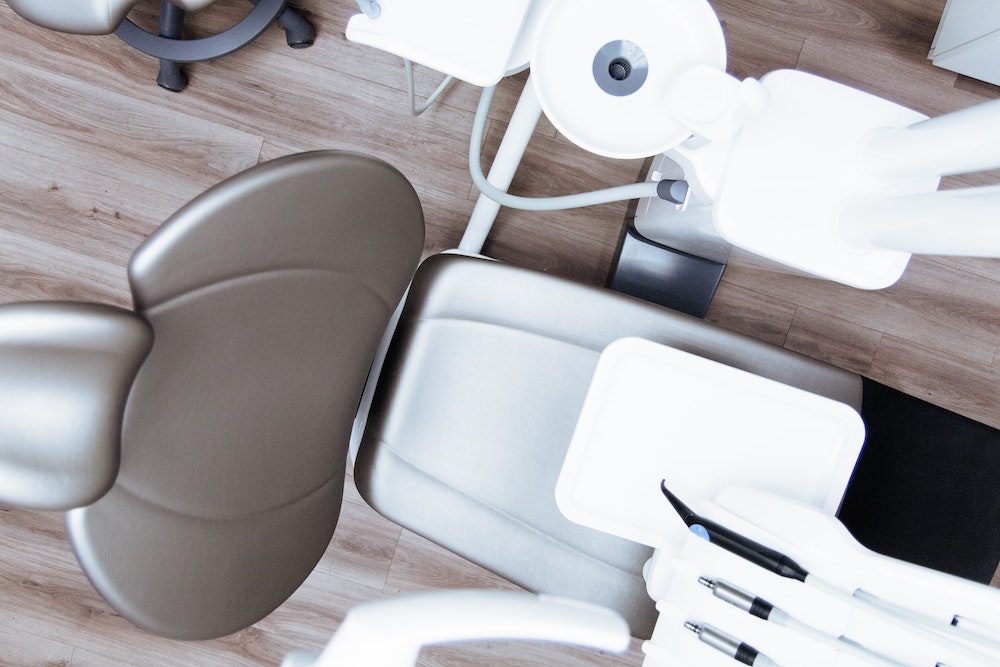
Choosing a Mouth Guard for TMJ Pain Relief
October 7, 2021
Case Study: How to Fix Gum Recession
October 7, 2021What is sedation dentistry? Sedation dentistry offers an alternative for patients who otherwise find dentistry very painful or distressing. With the help of medication, the patient relaxes while the dentist performs the procedure.
Patients seek sedation for a variety of dental procedures ranging from preventative care to oral surgery. Some patients cannot otherwise tolerate essential preventative treatments like an exam or cleaning without medication. For them, sedation allows them to enjoy a lifetime of healthy teeth and gums. Other patients need more complicated painful procedures that require some anesthetic. Each situation is different, but a skilled dentist understands the nuances involved.
Before you decide whether you need sedation dentistry, it helps to understand exactly what is sedation dentistry? Once you have some basic information, you are ready to discuss the matter with your dentist. Keep in mind, the following is general information and not a substitute for medical advice.
What Is Sedation Dentistry?
Many people ask, what is sedation dentistry? Sedation dentistry offers relief to some patients who are terrified of dental care. The dentist medicates the patient so the patient is relaxed throughout the procedure.
Sometimes sedation dentistry is referred to as “sleep dentistry.” This name is a little misleading since often the patient is fully conscious during sedation dentistry. WebMD outlines four levels of sedation:
- Minimal sedation – medication helps the patient relax but the patient is still conscious
- Moderate sedation – This is sometimes called “conscious sedation.” The patient may have trouble speaking and slur their words and not remember very much
- Deep sedation — the patient is on the edge of consciousness until awakened
- General anesthesia — the patient is unconscious
What Types of Medication Do Dentists Use For Sedation?
Depending on the procedure and the level of sedation required, dentists have a range of options. The most appropriate option depends on your specific situation, general health, and the level of sedation required. The American Dental Association outlines four main types of sedation used in dentistry.
1. Inhalation Sedation Options
The first minimal sedation type method is “inhalation sedation” using a medication like nitrous oxide or “laughing gas.” The patient is able to relax during the procedure and it wears off quickly so the patient can drive home.
2. Oral Sedation Options
Sometimes, the patient needs something stronger than nitrous oxide. The next level is oral sedation using pills. Depending on the prescribed medication, the level of sedation varies from minimal to moderate. Typically, the patient takes a Halcion pill about one hour before the procedure. Halcion is in the same family as Valium and frequently prescribed to treat insomnia. The patient may feel groggy and even fall asleep during the dental procedure.
3. IV Sedation Options
Intravenous therapy (IV) sedation is an option when the patient needs moderate sedation. According to WebMD moderate sedation enters the bloodstream faster than pills or inhaled medicine so the dentist can control the exact dosage.
4. Full Sedation Options
Finally, general anesthesia is an option for full sedation. This option is less common as dentists generally use the lightest level of sedation required by the patient and procedure. General anesthesia is usually associated with dental surgery.
In addition to sedation, the dentist usually applies the usual local anesthetic to the mouth to numb the pain from the actual procedure.
Most dentists minimal inhalation sedation as needed. However, only dentists certified by the Commission on Dental Accreditation (CODA) prescribe moderate and deeper sedation as they require specialized knowledge.
Some practices hire a dentist anesthesiologist who administers any required level of sedation. These specialists most typically work in practices offering dental surgery.
When Does a Patient Need Sedation Dentistry?
Some patients feel powerful anxiety when they even think about dental care. Such people often avoid even routine dental cleanings.
Unfortunately, avoiding dentistry leads to pain, gum disease, and tooth loss. Also, recent research associates gum disease with heart disease and early mortality. The exact reason isn’t clear, but it may be related to the chronic inflammation resulting from swollen, infected gums.
Sedation dentistry offers relief as it enables those patients to relax and allow the dentist to work. In some situations, it saves patients from a lifetime of pain.
Some situations where patients benefit from local sedation include:
- Fear of dentistry or anxiety which may result in panic attacks
- A sensitive gag reflex that makes effective cleanings uncomfortable if not impossible
- Very sensitive teeth making cleanings and exams unbearably painful
- Multiple procedures planned at the same time
What Are the Risks of Sedation Dentistry?
While generally safe, no procedure is free of risk. This is especially true when involving prescription drugs. Consult with your dentist to see whether the benefits of sedation dentistry outweigh the risks. Some situations where sedation dentistry is risky include:
- If you have obstructive sleep apnea, let your dentist know so you can discuss the risks.
- Obesity may increase the risks of complication from the sedative.
- Tell your dentist about any drug allergies or sensitivities.
- If you are pregnant, be sure to let your dentist know.
- Your dentist also needs to know whether you have a diagnosed condition such as hypertension, diabetes, cardiac disease, or respiratory diseases.
- There are other situations where sedation may be riskier. Be sure to share your complete medical history with your dentist.
For your safety, the American Dental Association’s offers guidelines for your dentist on monitoring your vital signs. Your dentist will have easy access to oxygen and drugs to reverse the sedation.
Is Sedation Dentistry Right For You?
Some situations, like oral surgery, require sedation. In other cases, whether sedation dentistry is appropriate varies by the specific situation. If you suffer from dental procedures, feel free to talk to your dentist.
Sedation dentistry offers choices to patients who otherwise find dental care unbearable. It may mean the difference between pain and a healthy mouth.
Visit a dentist to discuss whether it may be the right choice for you. If you need a dentist or are still asking what is sedation dentistry, Southview Dentistry has you covered. Contact Southview Dentistry to schedule a cleaning, exam or consultation.



